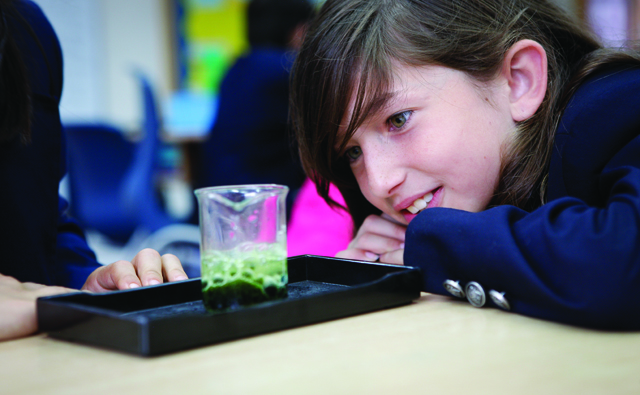STEM Education: What’s All The Fuss About?
It would seem that STEM is the new buzzword circulating educational establishments at the moment. You hear it in the staffroom, you hear it in the corridor and it is filtering into conference rooms all around the world. So, what is all the fuss about?

Science, Technology, Engineering and Maths (STEM) is about understanding the world and seeing it in a more intelligent and informed way. Essentially, it is problem solving.
Over the past decade, schools, universities, governments and industries have all identified the need for more students to pursue STEM subjects into higher education. An increasing number of schools strive to promote its importance as it is deemed to enhance the curriculum for a number of reasons. As well as providing students with the necessary tools to pursue a career in the STEM subjects if they want to, it also helps develop higher order thinking skills, such as evaluation and reflection.
In my classroom, I often use the TASC Framework (Thinking Actively in a Social Context) to support STEM Projects, as it helps to increase ownership of learning, as well as develop cross-curricular problem solving. It motivates and encourages active learning and I have noticed a positive change in students’ confidence and independence by taking this approach.
In addition, the STEM subjects are important in their own right. It is standard to see Mathematics timetabled in a student’s diary, or a parent being given feedback on their child’s progress in Science. However, the purpose of STEM projects is not about seeing them as separate subjects, but rather as united entities. Educators allow children to make connections and to work on projects that explore life outside the classroom. Inevitably, this creates a better understanding of the world around them.
The bigger picture is daunting. Indeed, the future calls for creative people, who will change the world with their invention and innovation. Everyone remembers the moment when Felix Baumgartner broke the speed of sound in free fall back in 2012. All the time we talk about students being risk takers, well Baumgartner is the perfect example of someone taking a risk. Despite being an adrenaline junkie, the reason for the mission was to collect valuable data to aid future space exploration, and none of this would have been possible without Science, Technology, Engineering and Mathematics.
This all sounds good in theory, right? However, the reality is that schools are busy places and for the successful implementation of STEM Projects to have any impact there must be partnerships between teachers, lecturers and experts in the STEM fields. Once these partnerships have been formed, schools need to formulate a strategic plan of how they will integrate STEM subjects into the curriculum. This is not a one-man job.
In my opinion, STEM could and should be a subject in its own right. I observe students all the time in my profession. They are 100% more engaged and motivated when they have to solve problems relating to the world beyond the classroom. Right now, the future is in the hands of the students we teach. It is our responsibility as educators to equip them with the necessary tools to understand some of the issues that future generations will have to deal with, and they cannot do it alone.
A young child believes anything is possible. A young adult might continue to believe anything is possible with a heightened awareness of Science, Technology, Engineering and Mathematics.
So, what is all the fuss about?
Emily Morgan-Evans
Year Six Teacher
Dulwich College Shanghai

